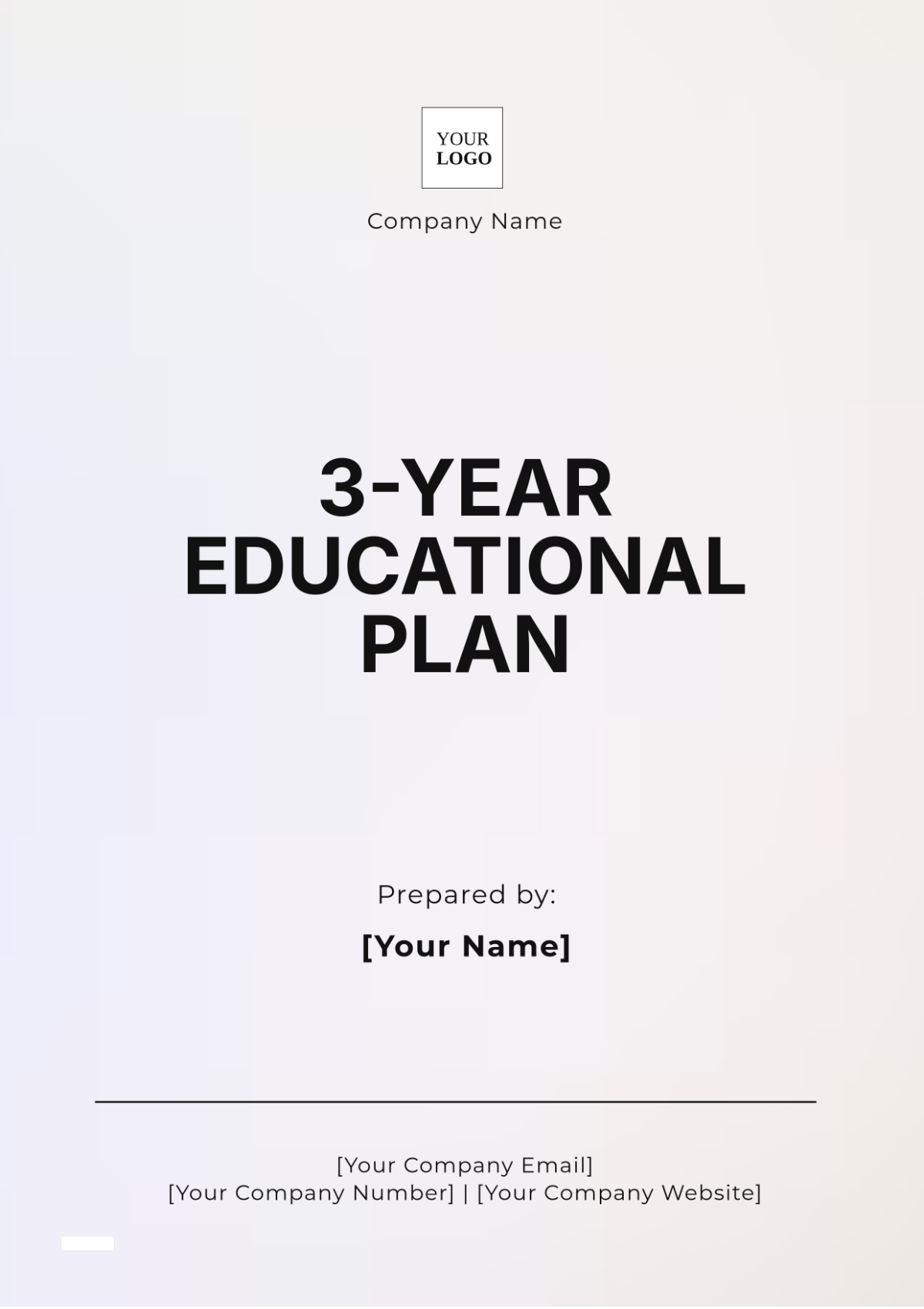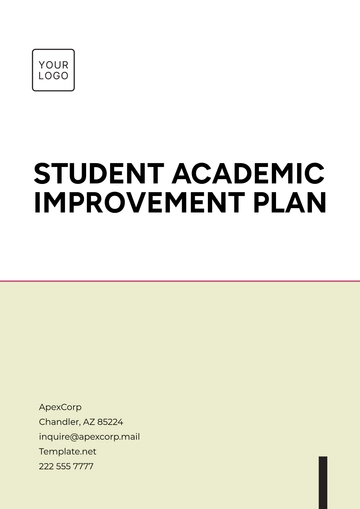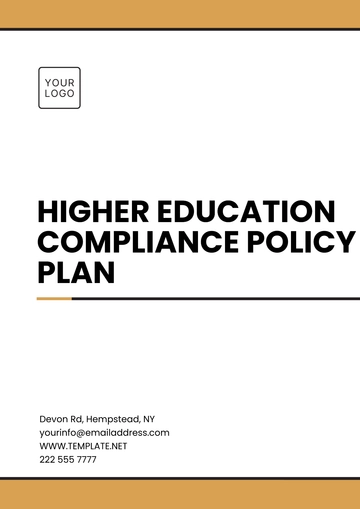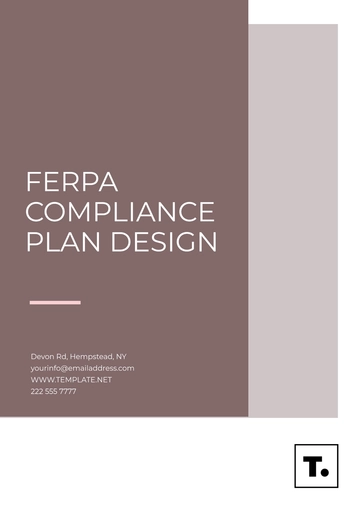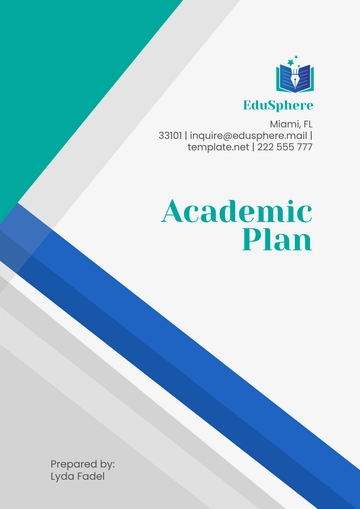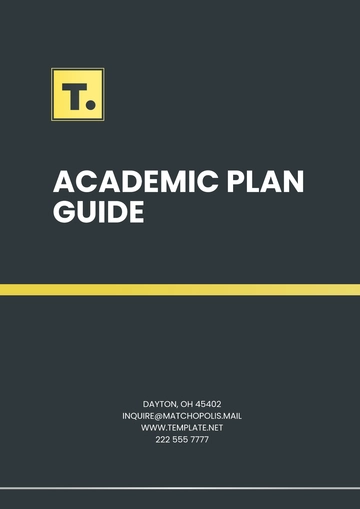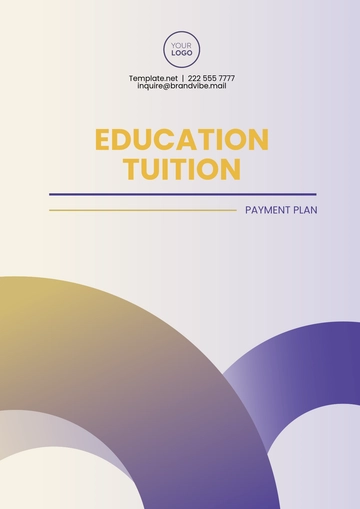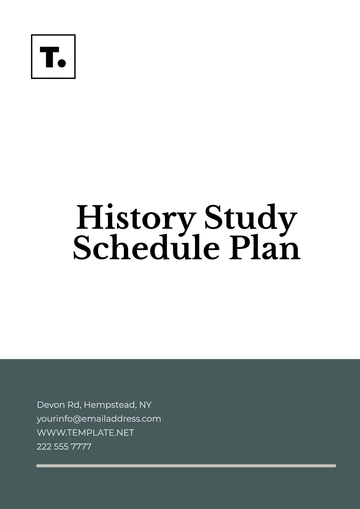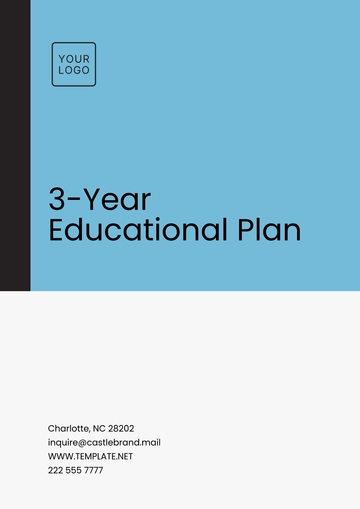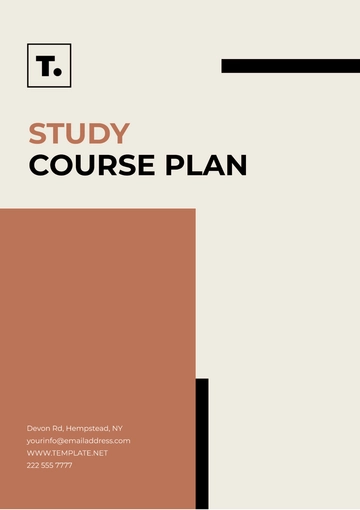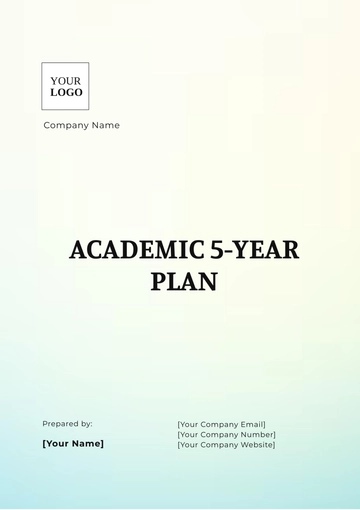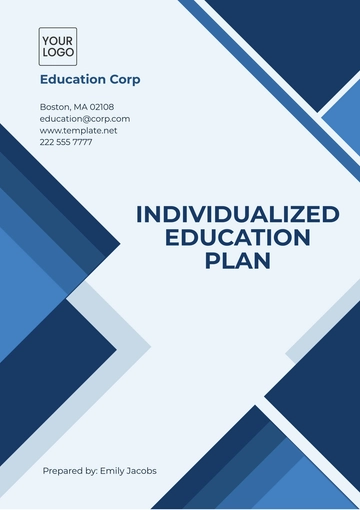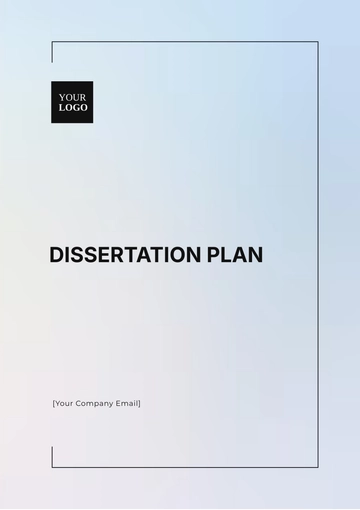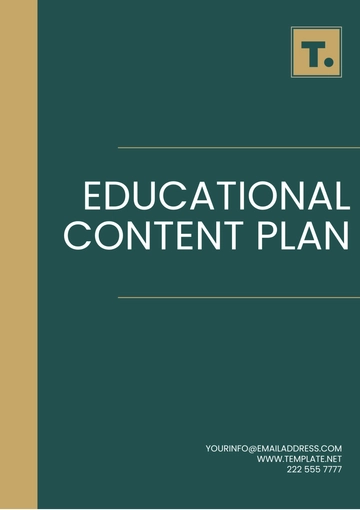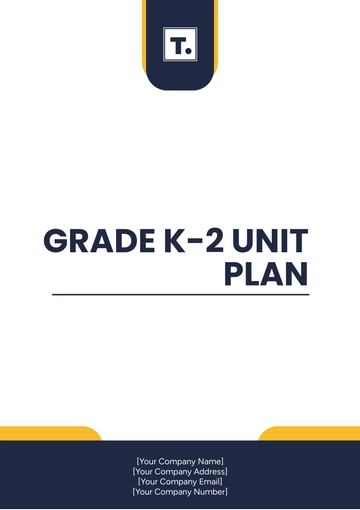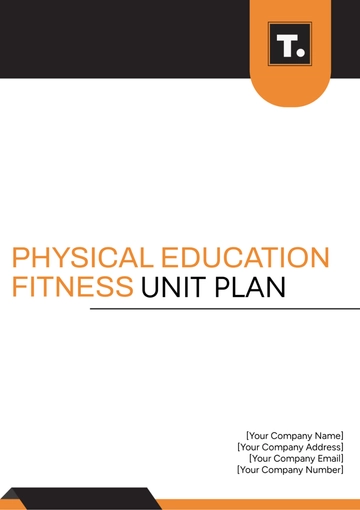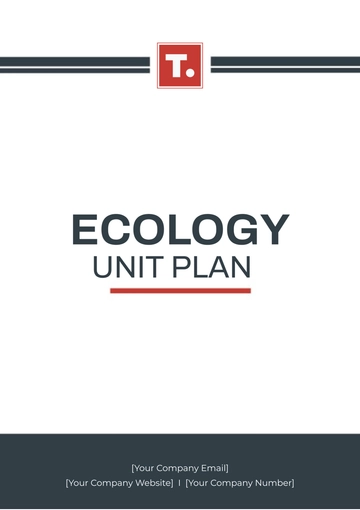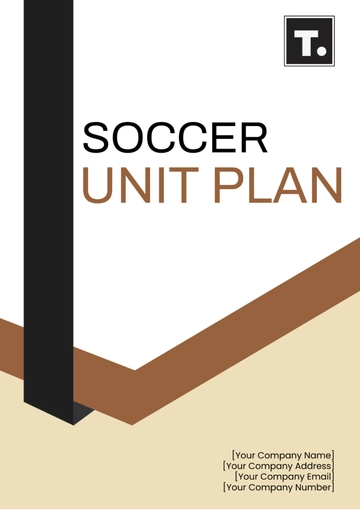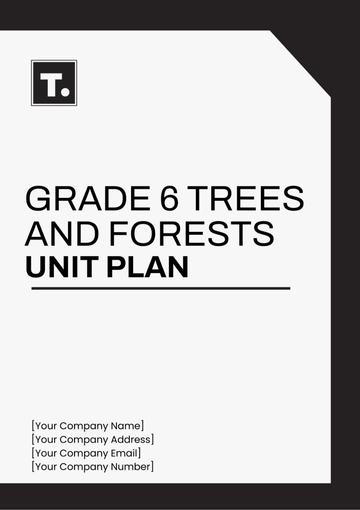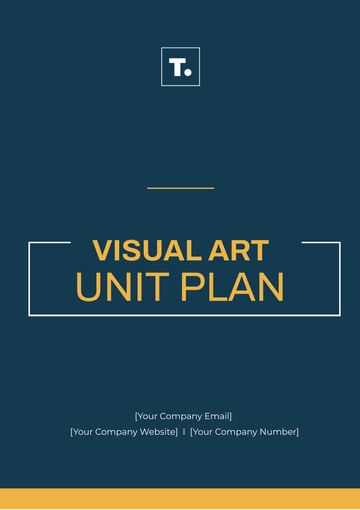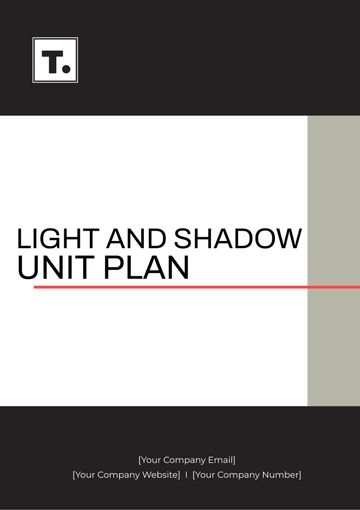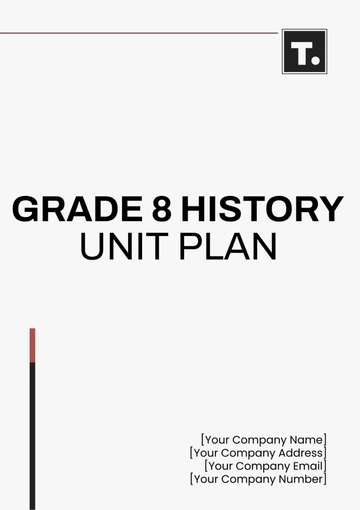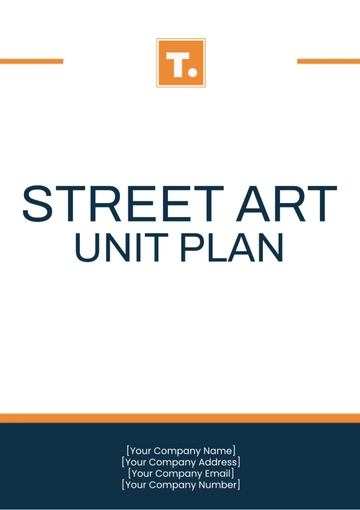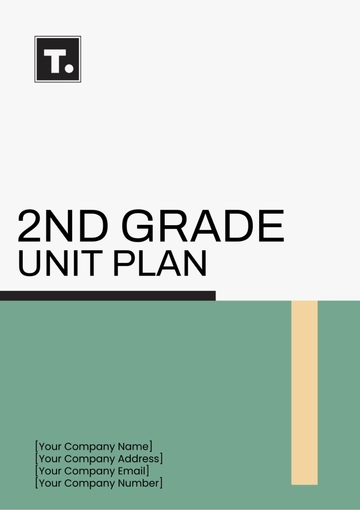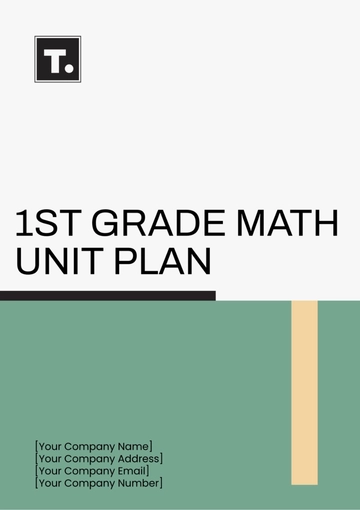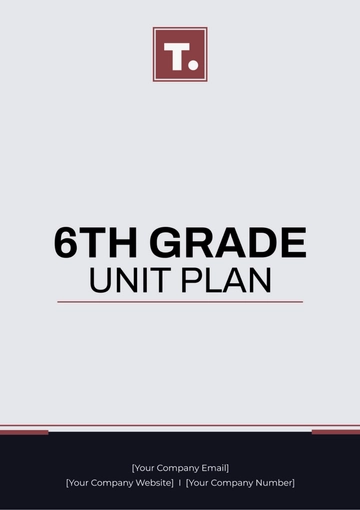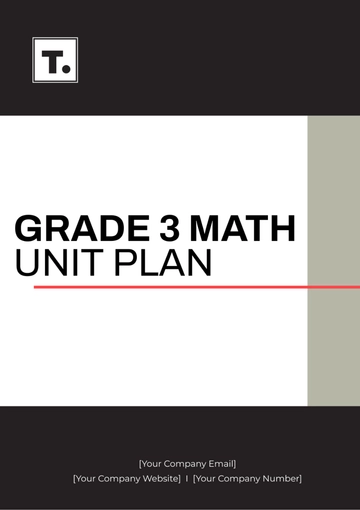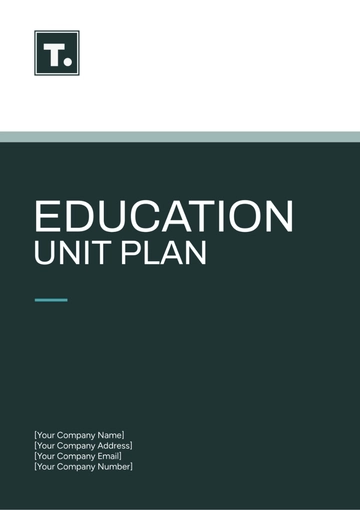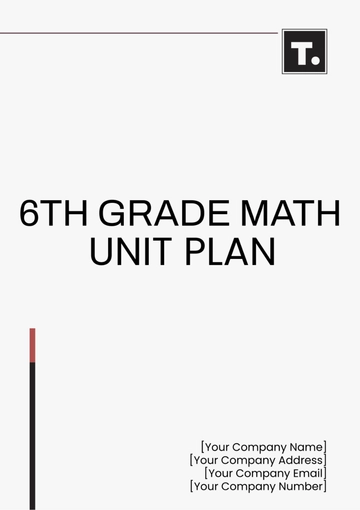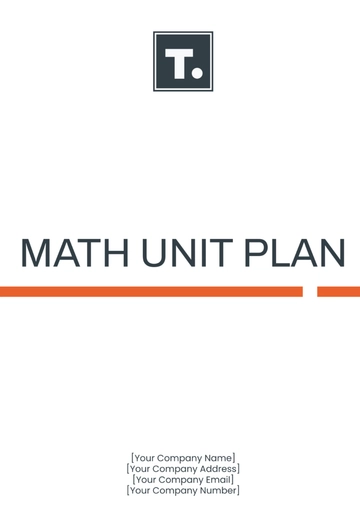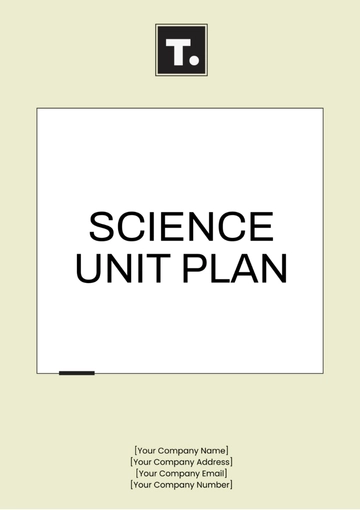3-Year Educational Plan
I. Introduction
This three-year educational plan is designed to foster academic excellence and personal growth among students by implementing comprehensive strategies across various educational levels. The plan prioritizes curriculum enhancement, faculty development, infrastructure improvement, and technology integration, ensuring a holistic approach to education that meets the diverse needs of learners.
II. Curriculum Enhancement
A. Primary Education
Objective: Develop foundational skills in literacy and numeracy.
Strategies:
B. Secondary Education
Objective: Broaden knowledge through interdisciplinary learning.
Strategies:
Introduce critical thinking courses and interdisciplinary modules that connect various subjects.
Implement STEM (Science, Technology, Engineering, and Mathematics) and Arts Integration programs to foster creativity and innovation.
Engage students in weekly project-based learning activities to apply theoretical knowledge in practical contexts.
C. Higher Education
Objective: Enhance specialization and refine professional skills.
Strategies:
Strengthen research opportunities and focus on developing professional competencies.
Establish partnerships with industries to provide students with hands-on experiences and internships.
Encourage collaborative research projects between students and faculty.
Implementation Timeline
Year | Objective | Outcome |
|---|
Year 1 | Review and overhaul the existing curriculum. | Updated and relevant educational materials. |
Year 2 | Implement new teaching strategies. | Improved student engagement and understanding. |
Year 3 | Evaluate and refine teaching practices. | Consistent educational excellence. |
III. Faculty Development
A. Training Programs
Objective: Equip educators with the latest teaching methodologies.
Strategies:
Conduct regular workshops and seminars on innovative teaching strategies, technology use, and classroom management.
Promote peer collaboration and mentorship among faculty members.
B. Incentives and Recognition
Objective: Motivate educators and acknowledge excellence.
Strategies:
IV. Infrastructure Improvement
A. Classroom Upgrades
Objective: Modernize learning environments.
Strategies:
Equip classrooms with advanced learning aids, such as interactive whiteboards and projectors.
Provide ergonomic furniture to enhance student comfort and focus.
B. Laboratory and Library Enhancement
Objective: Support practical learning and research.
Strategies:
Expand laboratory facilities for Science and Technology courses, ensuring access to modern equipment.
Upgrade library resources to include a wider range of texts and digital learning tools.
V. Technology Integration
A. Digital Learning Platforms
Objective: Streamline curriculum delivery and assessments.
Strategies:
B. Online Resources Access
Objective: Facilitate remote education and research.
Strategies:
Provide universal access to digital libraries, research databases, and online learning resources.
Ensure all students are trained to use digital tools effectively.
VI. Assessment and Evaluation
Objective: Monitor and evaluate student progress and program effectiveness.
Strategies:
Implement continuous assessment strategies, including formative assessments and feedback sessions.
Establish feedback mechanisms for students and faculty to promote continuous improvement and adapt the curriculum based on developing educational needs.
VII. Conclusion
This three-year educational plan aims to create a dynamic and supportive learning environment that prioritizes student success through curriculum innovation, faculty development, and infrastructure modernization. By integrating technology and fostering continuous assessment, this plan ensures that both educators and students are equipped to meet the challenges of a rapidly developing educational landscape. The outlined strategies will not only enhance academic outcomes but also prepare students for future professional success.
Plan Templates @ Template.net
